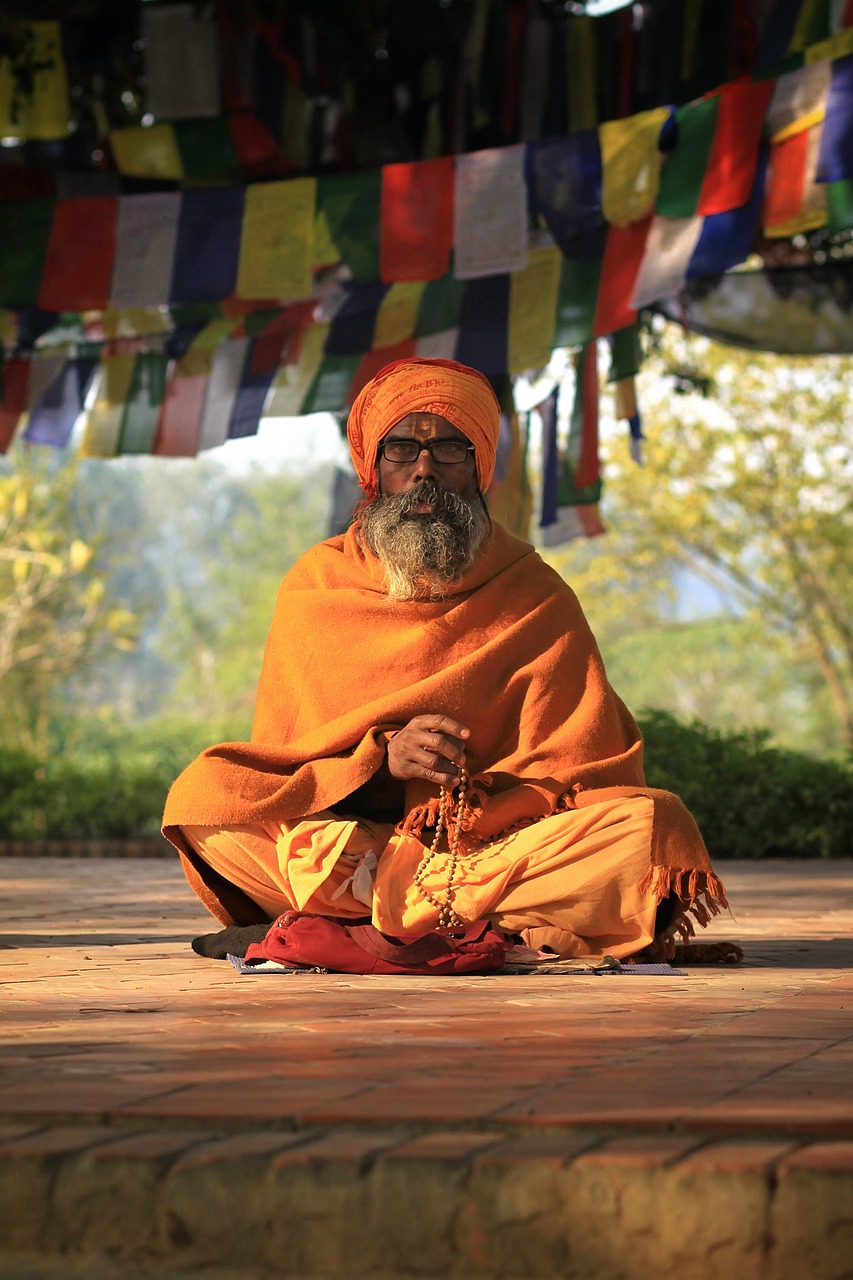The Khonsu Temple, located in the southwestern area of the Amun-Ra precinct at Karnak, dates back to the reign of Ramses III (1186-1155 BC) and is dedicated to Khonsu, the son of Amun and Mut. This temple faces the Luxor Temple, linked by a recently uncovered avenue of sphinxes. Although its dimensions are modest (approximately 70 by 30 meters or 230 by 99 feet), the temple remains impressively intact. It consists of a pylon, a courtyard, a hypostyle hall, a barque shrine with an ambulatory, and several chapels, including one located at the roof. Decorated extensively with bas-relief and intaglio carvings, many of these remaining surfaces exhibit their original polychrome.
In its history, the Khonsu Temple was constructed atop an earlier temple, primarily using repurposed sandstone blocks. Some of these blocks originated from the previous temple dismantled by Ramses III, while others were sourced from different temples on Luxor’s West Bank. Remarkably, research indicates that the re-use of these stones maintains their historical integrity, with blocks in the hypostyle hall corresponding to those in the hall of an earlier temple.
Auguste Mariette, who was the first director of the Egyptian Antiquities Service, began clearing the temple of debris in 1858, setting the stage for its preservation. In the early 20th century, water damage led to significant deterioration, particularly at the base, prompting the use of red bricks and cement mortar for consolidation. Structural steel was also introduced to reinforce the roof, with interior stonework patched accordingly.
In the 21st century, the Ancient Religious and Cultural Exchange (ARCE) launched a comprehensive conservation program at Khonsu Temple that spanned from 2008 to 2018. This initiative, fully funded by the U.S. Agency for International Development (USAID), included hands-on training through conservation field schools for local conservators from the Ministry of Tourism and Antiquities. These programs provided practical experience while focusing on restoring surviving polychrome reliefs in six of the temple’s twelve chapels. The conservation efforts also included restoring the temple’s exterior wall, fortifying deteriorating flooring, and a photography field school for Ministry inspectors.
In September 2019, ARCE organized an event in Luxor to showcase the advancements made at Khonsu Temple and its associated project in Dra Abu El Naga. As part of their future plans, ARCE is set to focus on completing the temple’s conservation, starting in fall 2021 with extensive documentation and 3D laser scanning. The restoration will emphasize structural repairs and the conservation of remaining painted surfaces, along with ongoing training for local conservators and site managers. With initial permissions from the Ministry of Tourism and Antiquities already in place, the hope is for this exceptional representation of Egypt’s cultural heritage to be fully conserved and accessible to visitors.



